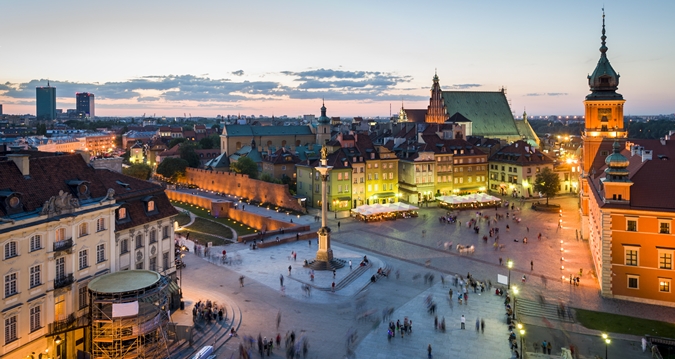
Located in the southernmost part of Lithuania, Vilnius is its capital and the second largest city in the Baltics. With this visit, I have successfully completed my tour of the Baltics (Estonia, Latvia and Lithuania).
Today, it pulsates with a vibrant, artistic community within the beautiful baroque architecture of its Old Town, which has been declared a UNESCO World Heritage site. While Lithuanian and Russian are more commonly spoken here, the friendly Lithuanians also speak good English and they are eager to practise it with foreigners.

Stroll through the old town
In Vilnius Old Town, you can admire Baroque architecture, medieval castles, Gothic, Renaissance and other period styles of architecture. Start exploring from Pilies street (which means castle street), the main hub of cafe and street market life and amble down Gediminas Avenue. Don’t miss the Vilnius University which is the oldest university in the Baltics.

There is a church tower in the university campus which you can ascend to enjoy the panoramic views of the city (2€). The Vilnius University Architectural Ensemble is one of the most elaborate building complexes, and occupies a large part of the Old Town with 13 courtyards. Join a free walking tour (as I always recommend) as the tour guide is local and he/she will share many interesting stories about their own city while you walk along and admire the different sites. It is very informative and lasts for around 2 hours.

Vilnius free city tour
Start time: everyday 12pm, with additional tours at 4pm on Saturdays
Meeting place: in front of Vilnius Town Hall, look out for a yellow suitcase.

Explore the artsy district of Užupio Užupio has reinvented itself as the creative district of the city. If you’ve been to Freetown Christiania in Copenhagen, then you’ll know that Užupio is quite similar. In 1997, the residents of the area declared the Republic of Užupis, along with its own flag, currency, president, cabinet of ministers, aconstitution written by Romas Lileikis and Thomas Chepaitis, an anthem, and an army.

They celebrate this independence annually on Užupis Day, which falls on April 1. Artistic endeavours are the main preoccupation of the Republic; the former President of the Republic of Užupis, Romas Lileikis, is himself a poet, musician, and film director. Its written constitution makes a lot of sense and it states that “everyone has the right to be idle”. Užupio is an interesting enclave of artists and dreamers, where their creativity flourishes in this area, as observed by numerous art paintings and there is even a state of backpacker Jesus!


Lastly, indulge in Lithuanian cuisine after a tiring day of exploring the streets in Vilnius. There are many nice cafes and restaurants in the old town worth checking out. Here are two recommendations.
1) Šnekutis | Šv.Mikalojaus g. 15, Vilnius

I had cepelinais and fried garlic bread with local beer here. The meal most strongly associated with the Lithuanian nationis the Cepelinai, named after Graff von Zeppelin because these potato dumplings are similar in form to airship he invented. It is usually filled with meat and is also one of the cheapest meals of its size you may get in Lithuanian restaurants.
2) Forto Dvaras | Pilies g. 16, Vilnius 01123
Try their cold beetroot soup, potato pancakes and they serve cepelinai here as well.



